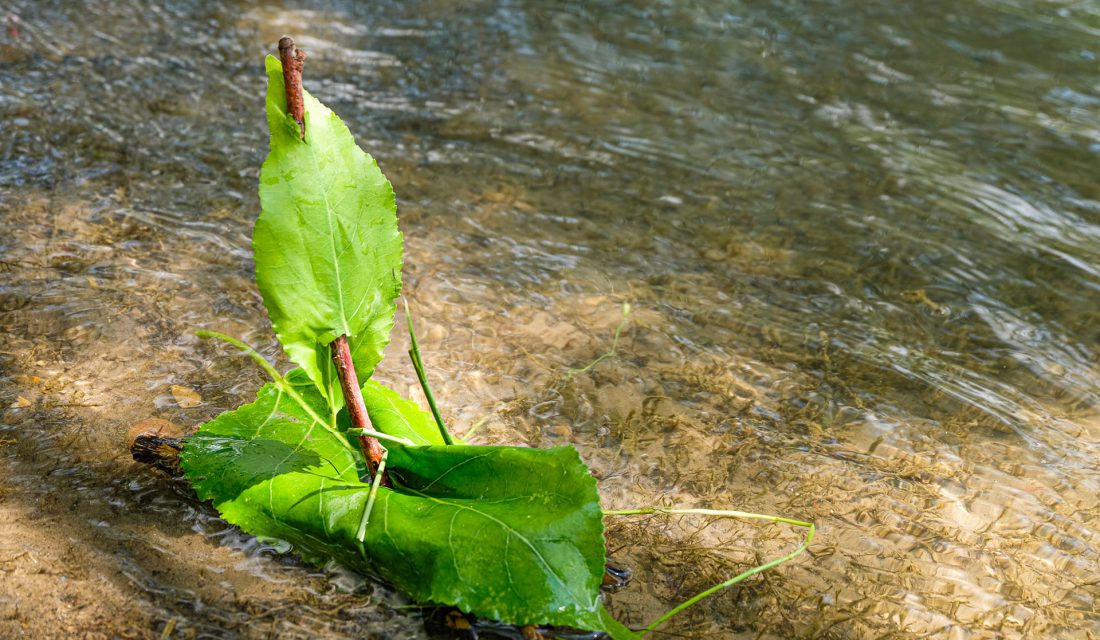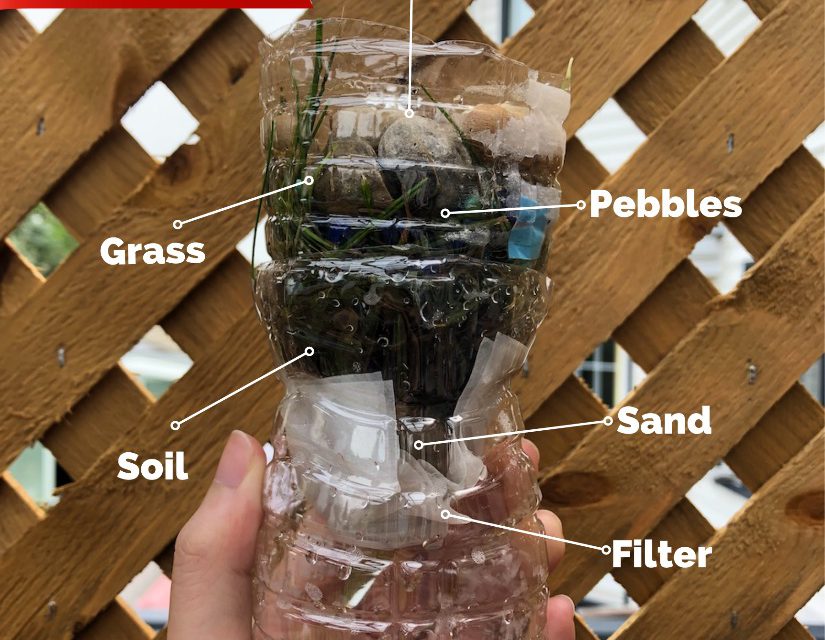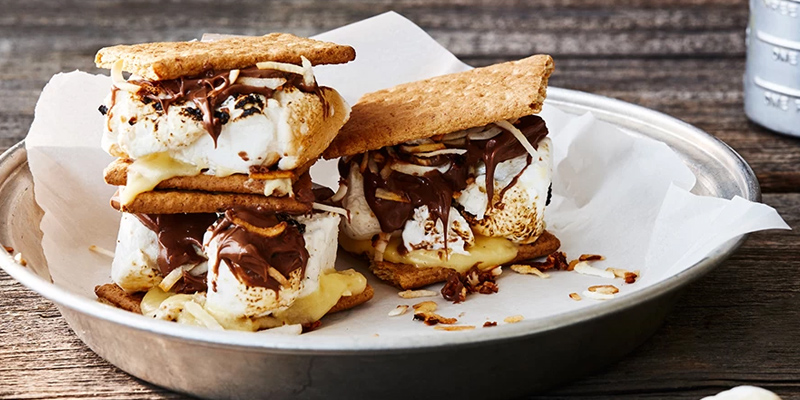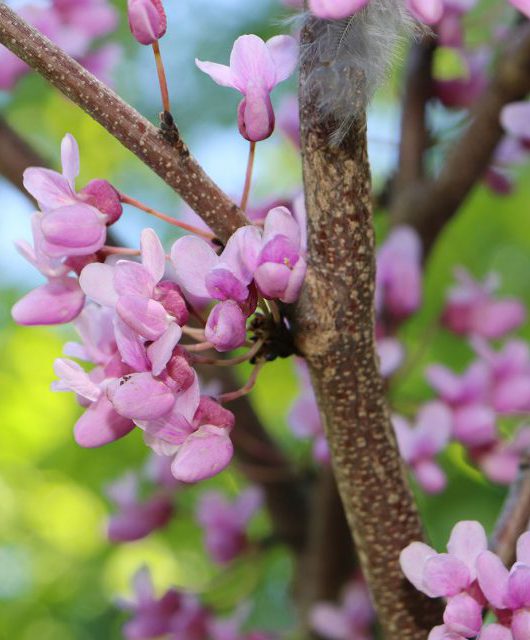Water activities provide an enriched sensory environment for children to explore, create, and play!
Not only do these three activities invite children to have fun playing with water, but they also foster STEM learning (science, technology, engineering and math). Through these hands-on activities, you can explore the concepts of design, filtration and buoyancy, while having fun together as a family.
Let’s get splashing!
Build a Nature Boat

Building nature boats is a great way for kids to explore the outdoors while learning about buoyancy and design through friendly competition!
What you will need:
- Natural material (twigs, leaves, grass, etc.)
- Pencil
- Paper
- Water
- Pebbles/rocks
What to do:
- Go on a walk around your community! Collect some natural materials you can use to build your boat, such as grasses, leaves and sticks.
- Think about your design! Draw a plan for your nature boat using a pencil and paper. For example, you could tie some twigs together to make a raft or add a sail using a twig and leaf.
- Once you have a plan, it is time to build your boat!
- When you are ready, test your boat in the water to see if it floats and make changes to your design as needed.
- Once you have perfected your boat, you can test how strong it is by seeing how many pebbles it can hold or have some fun and challenge your friends and family to a boat race.
Construct a Water Filter

Have you ever wondered how water gets filtered and cleaned by the environment? This activity combines science with outdoor play to demonstrate the process of water filtration using a few basic materials.
What you will need:
- Scissors
- Plastic pop or water bottle with lid
- Natural material (sand, soil, grass, and various size rocks/pebbles)
- Pen
- Cup
- Water
- Coffee filter, tea filter, cloth, or cotton ball (optional)
What to do:
- Using scissors, cut the plastic bottle in half.
- Make a small hole in the lid using a pen.
- Flip the top half of the bottle with the plastic lid onto the bottom part of the bottle so they are nested together.
- Add a layer of each natural material, starting with sand, then grass, and last a layer of rocks or pebbles.
- Make the dirty water that you will filter! Mix water and soil into a cup.
- Pour the dirty water through your filter and watch to see whether it comes out clearer on the other side!
- What would happen if you poured the water through the filter again?
- Experiment with your design and natural layers to see how it can be improved.
- You can also use household filters such as coffee filter, tea filter, cotton balls, and cloth to help make your water filter better.
Sink or Float?

This sensory play activity invites kids to explore the concept of buoyancy by testing a variety of household and natural items to see whether they sink or float!
What you will need:
- Household objects (waterproof toys, kitchen utensils, fruits, etc.)
- Natural materials (leaves, rocks, etc.)
- Tub
- Water
- Notepad and pencil
- Salt, sparkling water (optional)
What to do:
- Select a variety of household objects and natural materials to test.
- Fill a tub with water. Make sure that the water is not too hot for your hands!
- Before placing each object into the water, make a prediction about whether the object will sink or float.
- Place each item in the water one at a time and watch to see it if sinks or floats.
- Did you guess correctly?
- Why do you think it sank or floated?
- Younger kids can draw a picture of what sank and what floated or keep a tally, while older kids can write their observations in a notebook.
- Experiment with different types of water to see if the objects still float or sink. Try adding salt into the water or using sparkling water!
Get more nature activities at the Canadian Wildlife Federation.
Author:
![]()
Carmen Ta
Carmen Ta works at the Canadian Wildlife Federation as an Education Outreach Program Coordinator. Originally from Calgary, she spent the last few years in Edmonton, AB, completing her undergraduate degree in Elementary Education. She is excited to combine her education knowledge with conservation initiatives to engage families with the outdoors!


